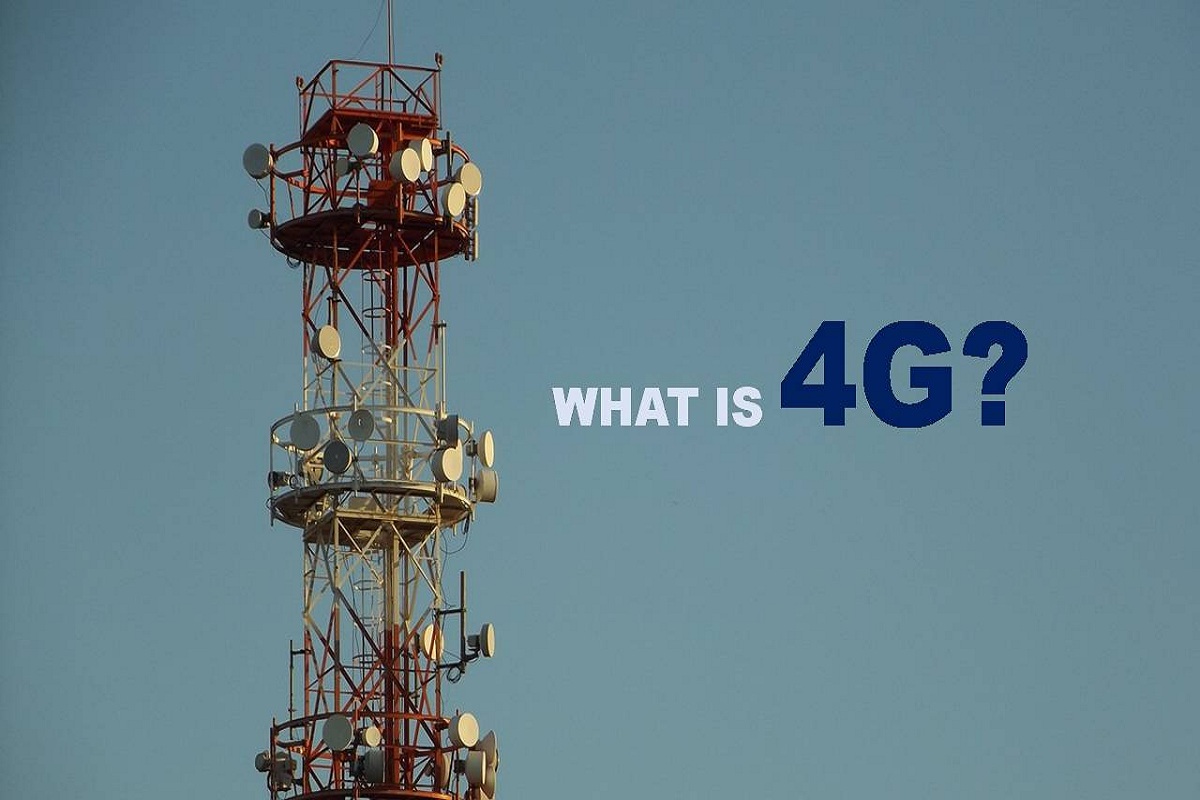Table of Contents
Definition 4G
The 4G is a type of Internet connection from the mobile. Its name refers to the fourth generation mobile, as the evolution of 3G, which is the technology that until now was present in most phones.
The main improvement of the 4G is that it allows you to reach speeds at least ten times faster than the current 3G.
The speed of data transmission is what every Smartphone user screams for; the 4G is the new technology in data transmission, which will be able to meet the demands of Smartphone users.
If you have a Smartphone (Smartphone) and do not have Wi-Fi, your browsing speed has to be very poor. It does not matter if you bought the most expensive Smartphone on the market; the level of navigation will not meet your demands.
The only thing you will see is the little circle going around and around. The 4G will make your life easier in the internet browsing through the cell phone; it will comply with the demands of the users, which is nothing other than the speed of data transmission.
Advantages of the 4G connection
Being one of the most modern wireless connections, it has a series of advantages that make it an excellent choice for many telecommunications customers.
Below you can see the main ones:
Faster than ADSL: The 4G is capable of speeds of around 100Mb, while the latest ADSL connection technologies barely allow a maximum of 30Mb.
Better to play on the Internet: Compared with other wireless connections, such as 3G, the signal delay, called latency or ping, is up to 75% lower.
Saturate less the network: This means that more users can be connected to the 4G network without it being saturated.
Disadvantages of the 4G connection
In the same way that the 4G has the advantages that you could see in the previous section, also
Limited coverage: While it is true that it is increasingly the part of USA territory that has this type of coverage, it is also not yet available beyond the most important urban cities.
Slower than fiber optic: Despite having higher speeds than other connections, compared to fiber optic is at a clear disadvantage, at speeds of up to 300Mb are commercialized.
A limited volume of data: One of the most important disadvantages. Both in mobile rates and 4G rates at home, data volumes are limited, and once completed, there is usually a drastic drop in connection speed.
Compatibility
Just as years ago the obligatory question was “do you have 3G?”, Today the same thing happens, although with different deadlines and answers.
Most of the high-end smartphones offered today have 4G, something that will continue to be useless if it is not used outside Argentina in a compatible network.
Device must clearly say that it works in LTE Band 4 or LTE Band 17. It is, in the frequencies 1,700 and 2,100 MHz and the 700 MHz respectively.

